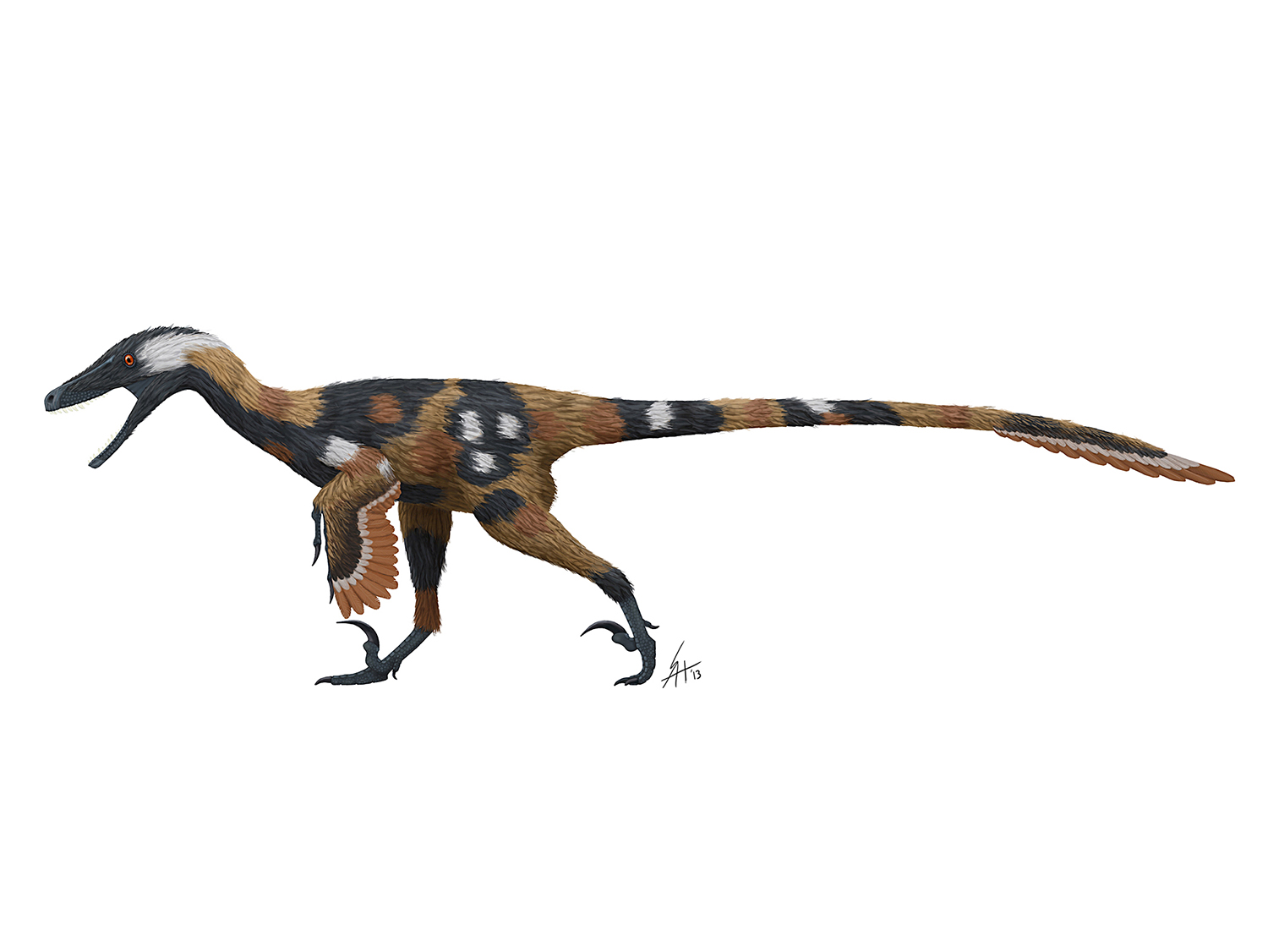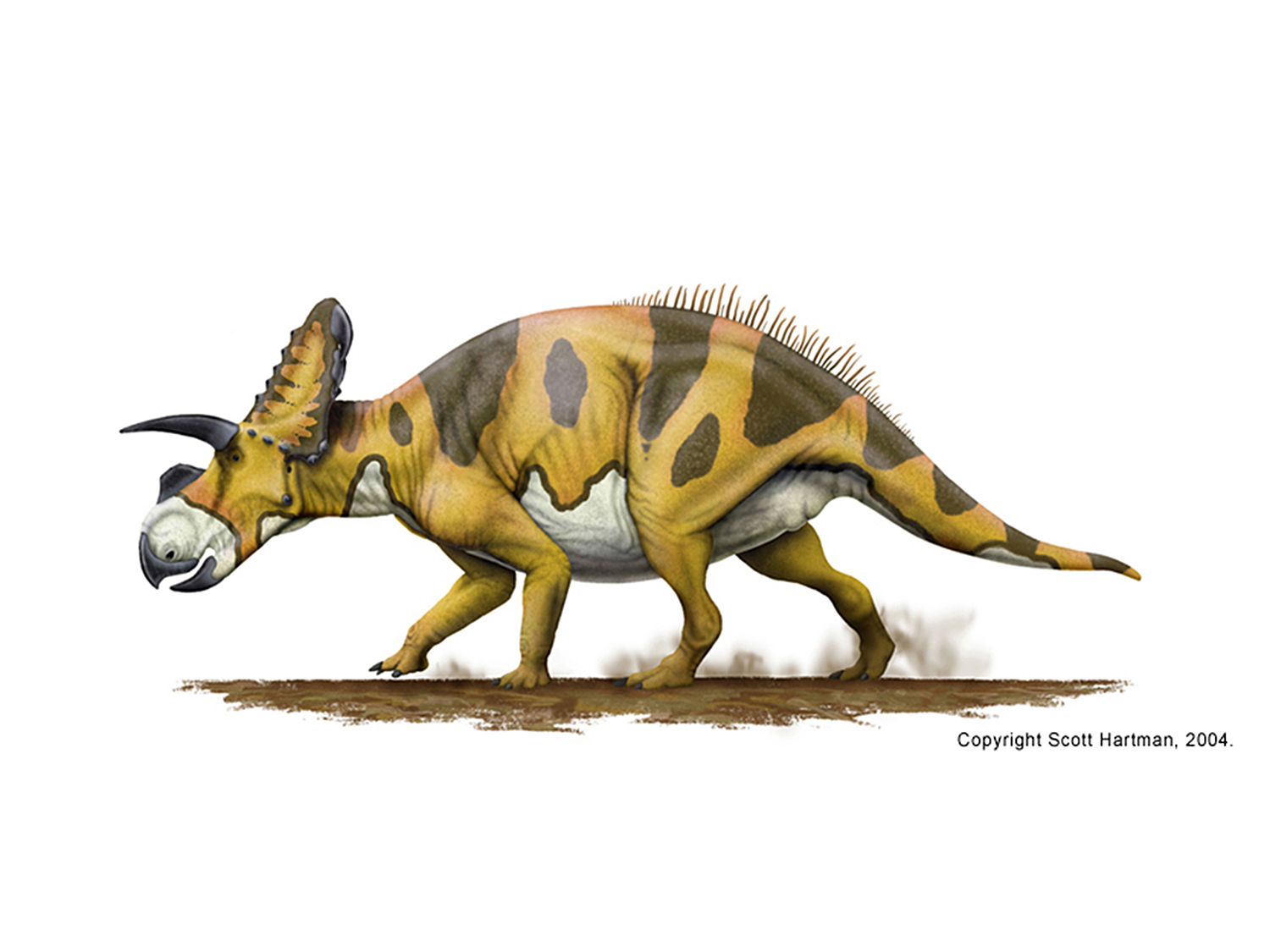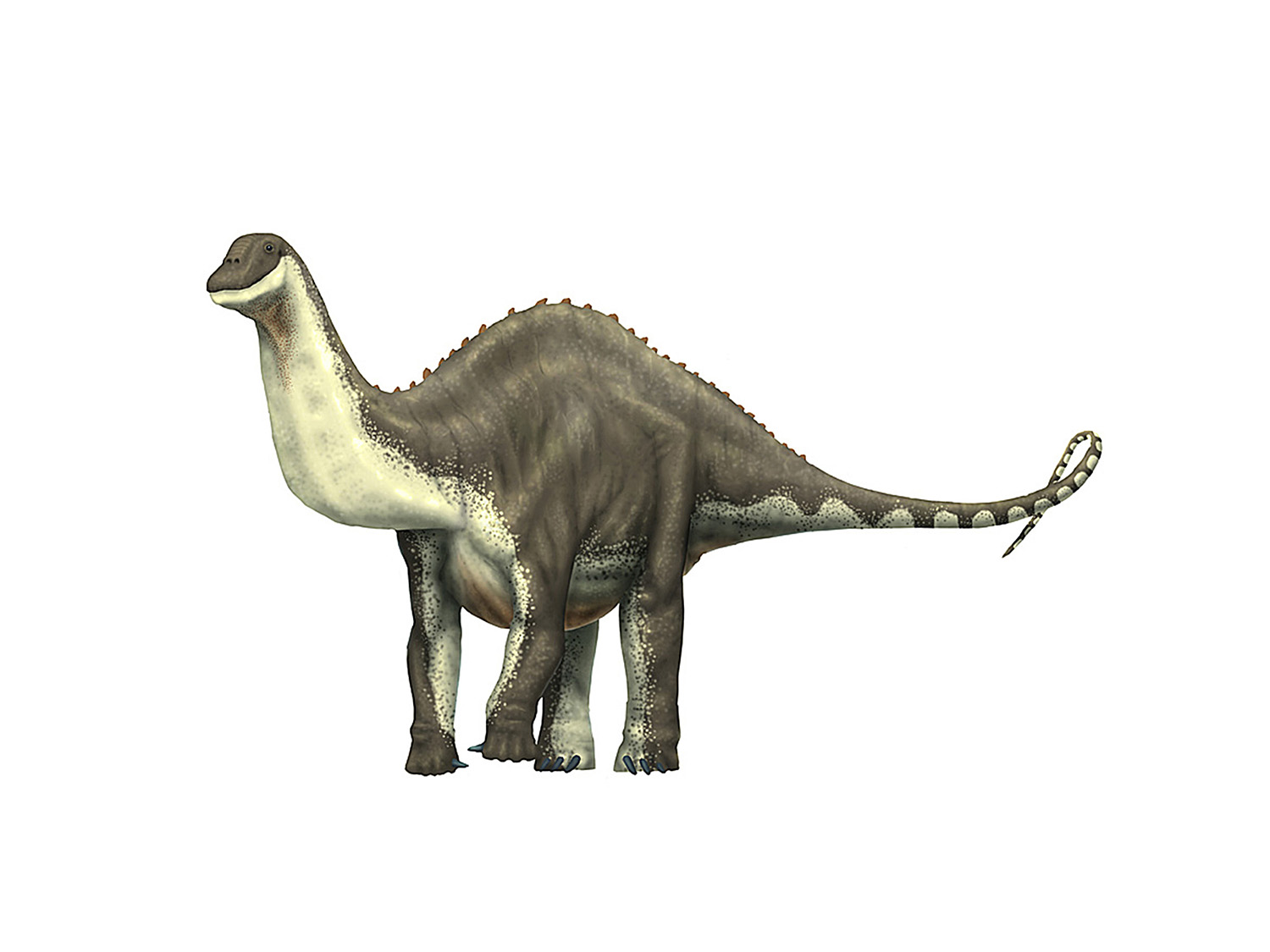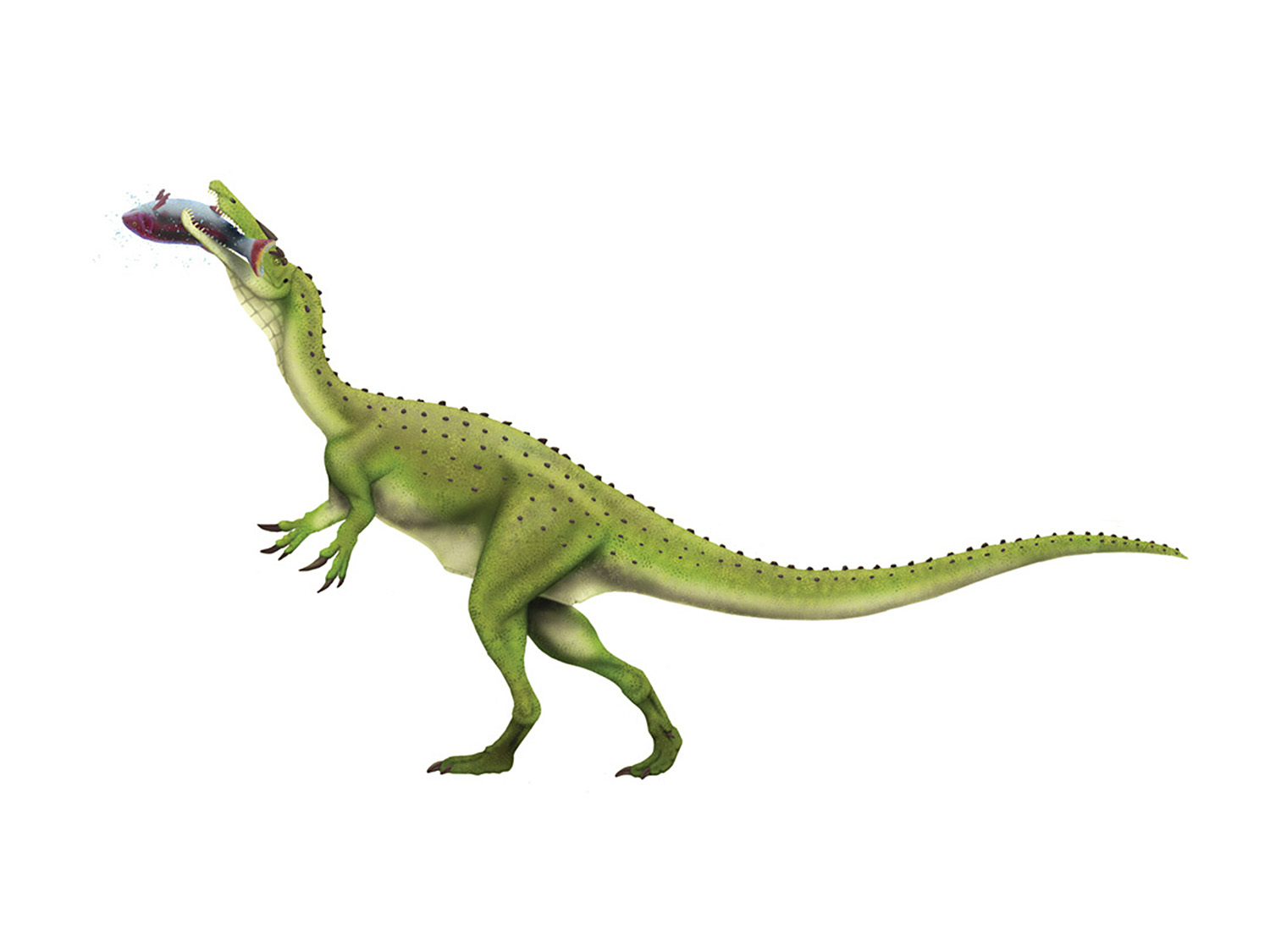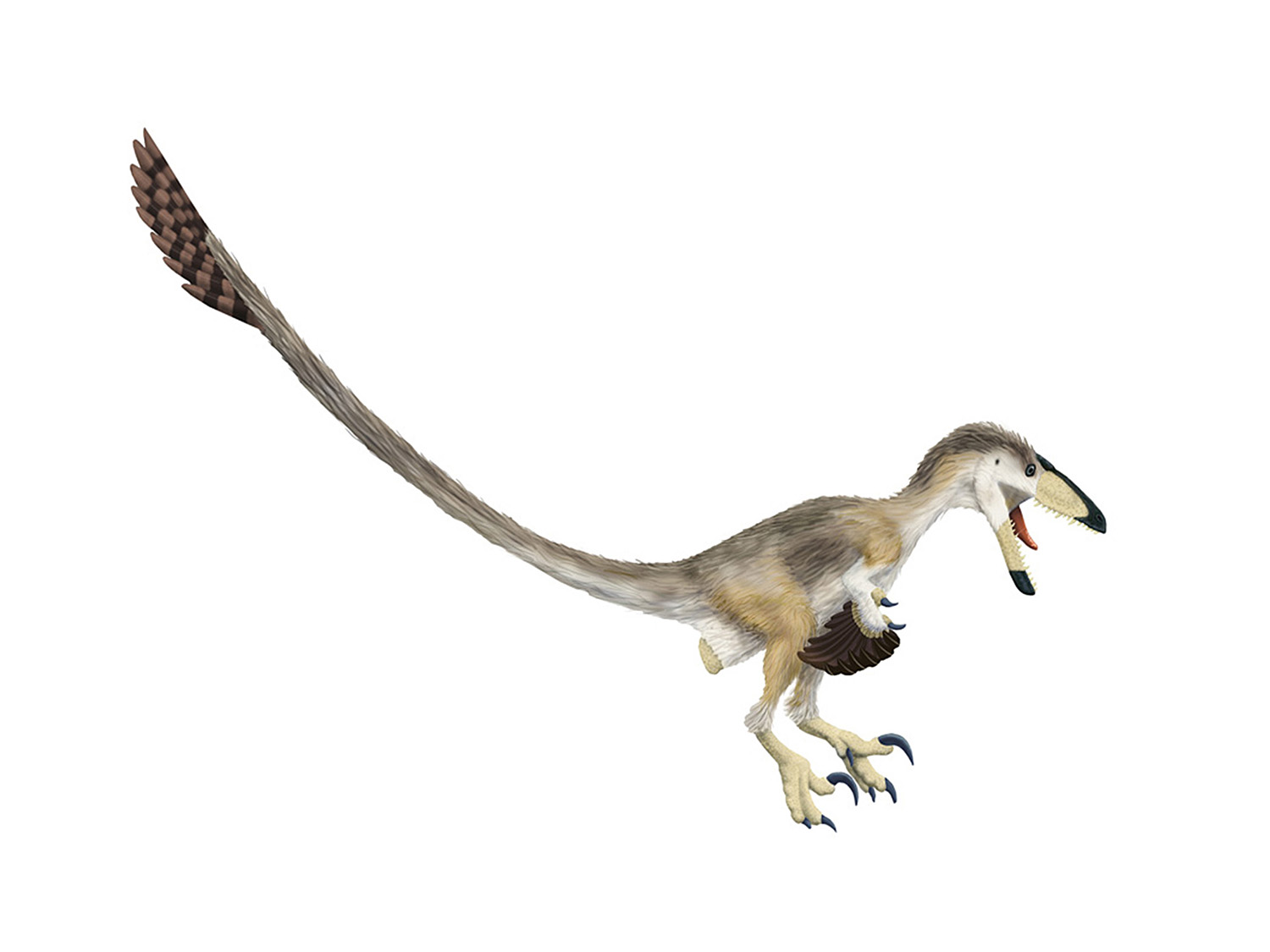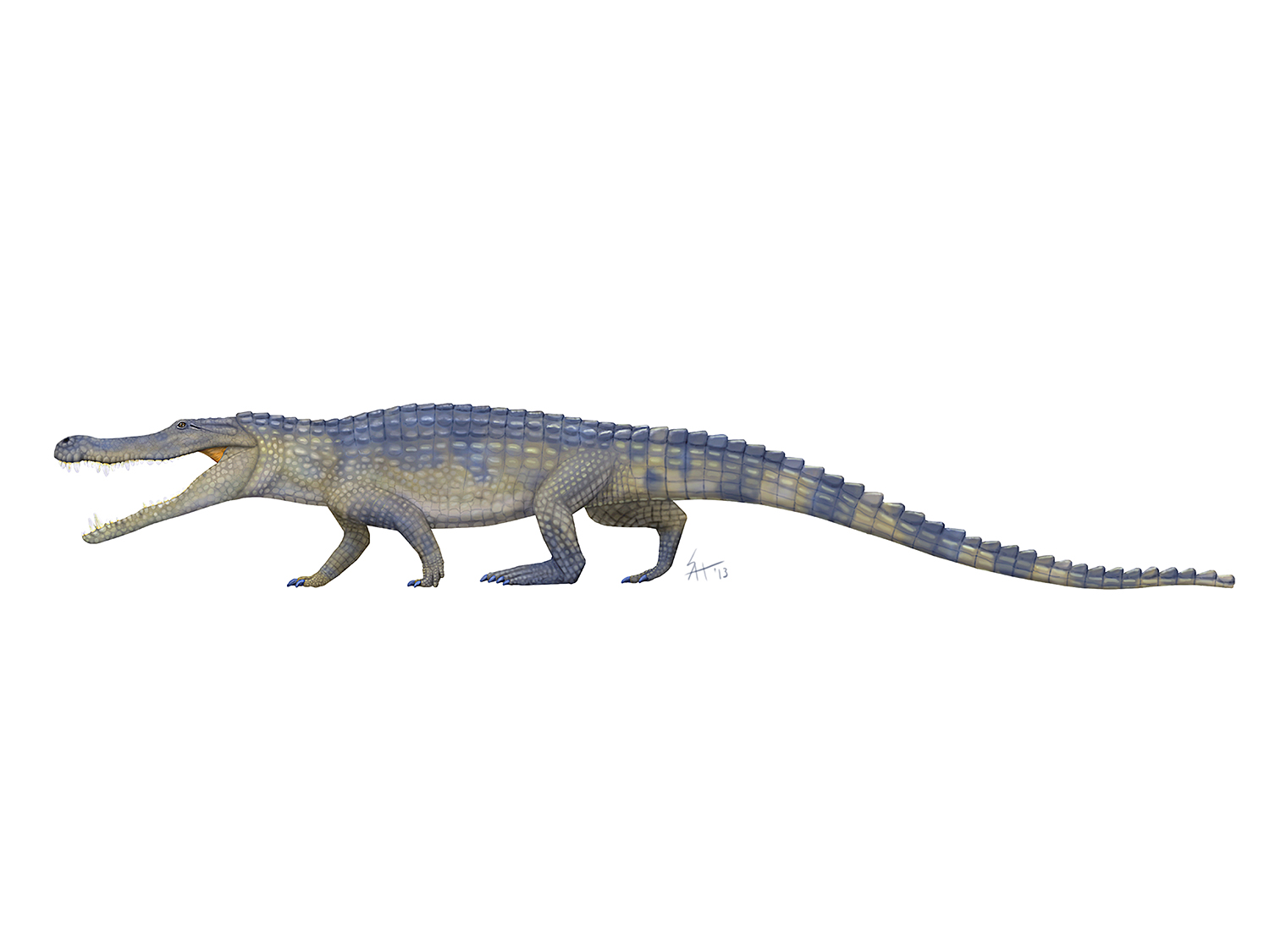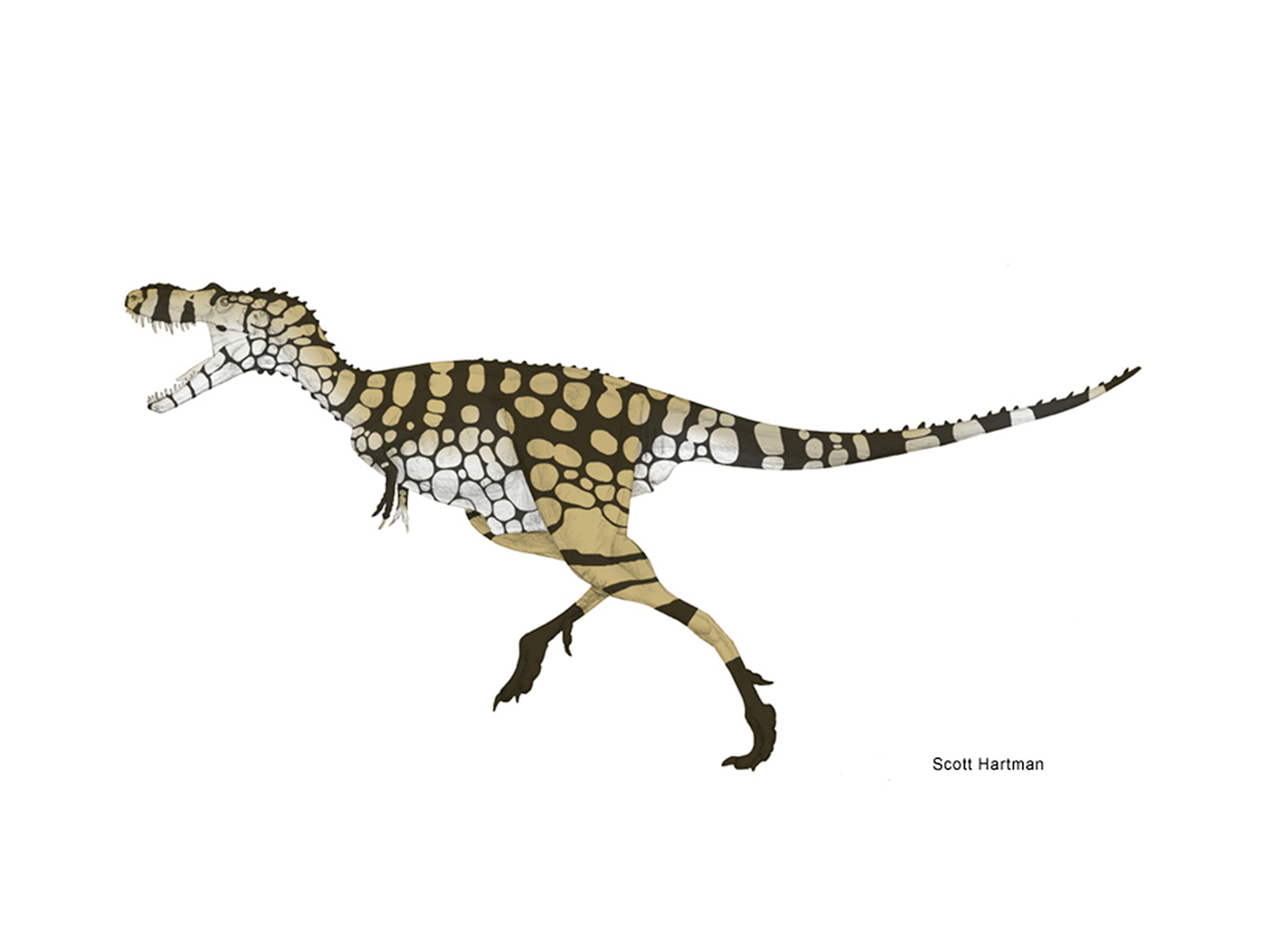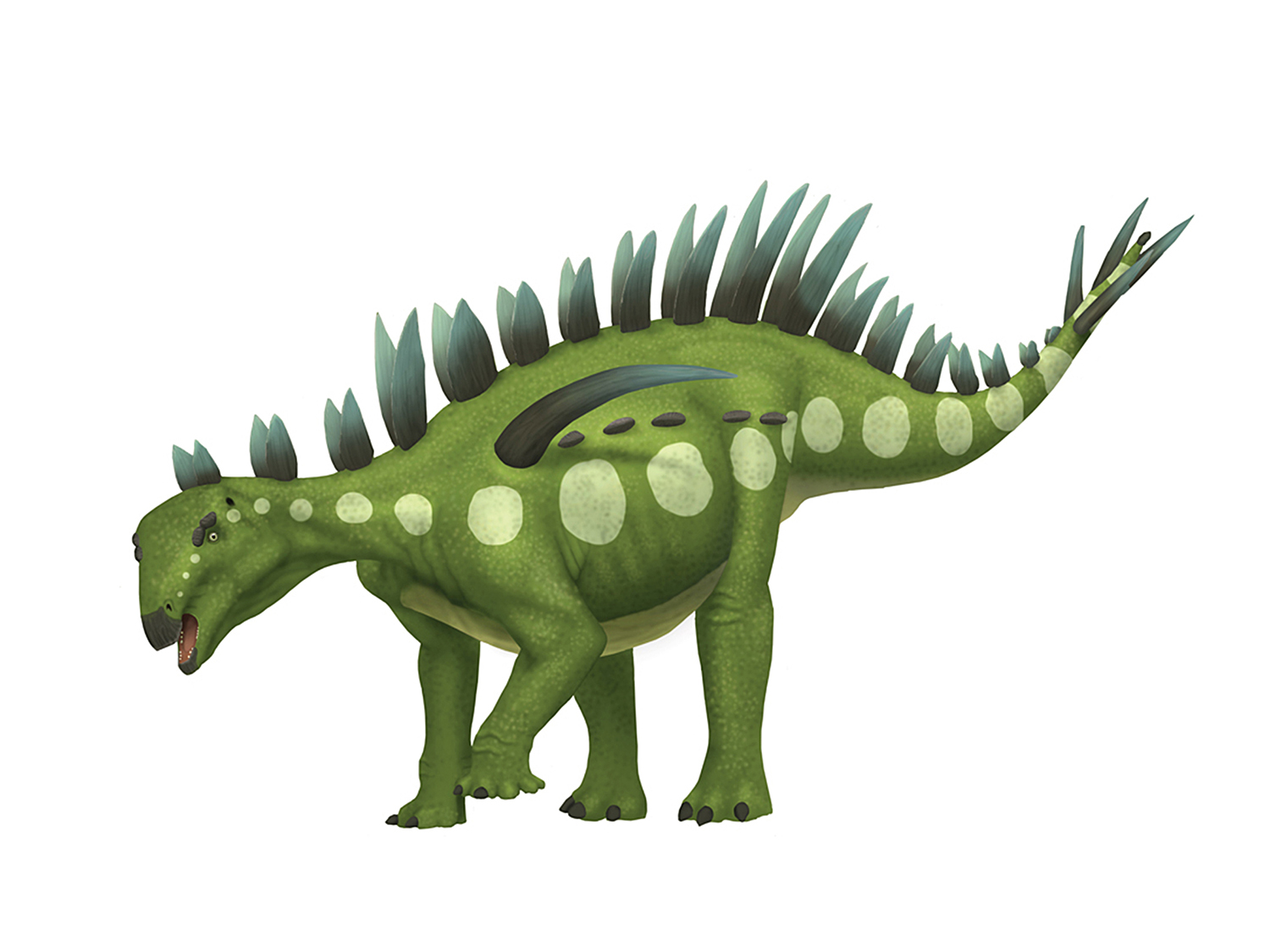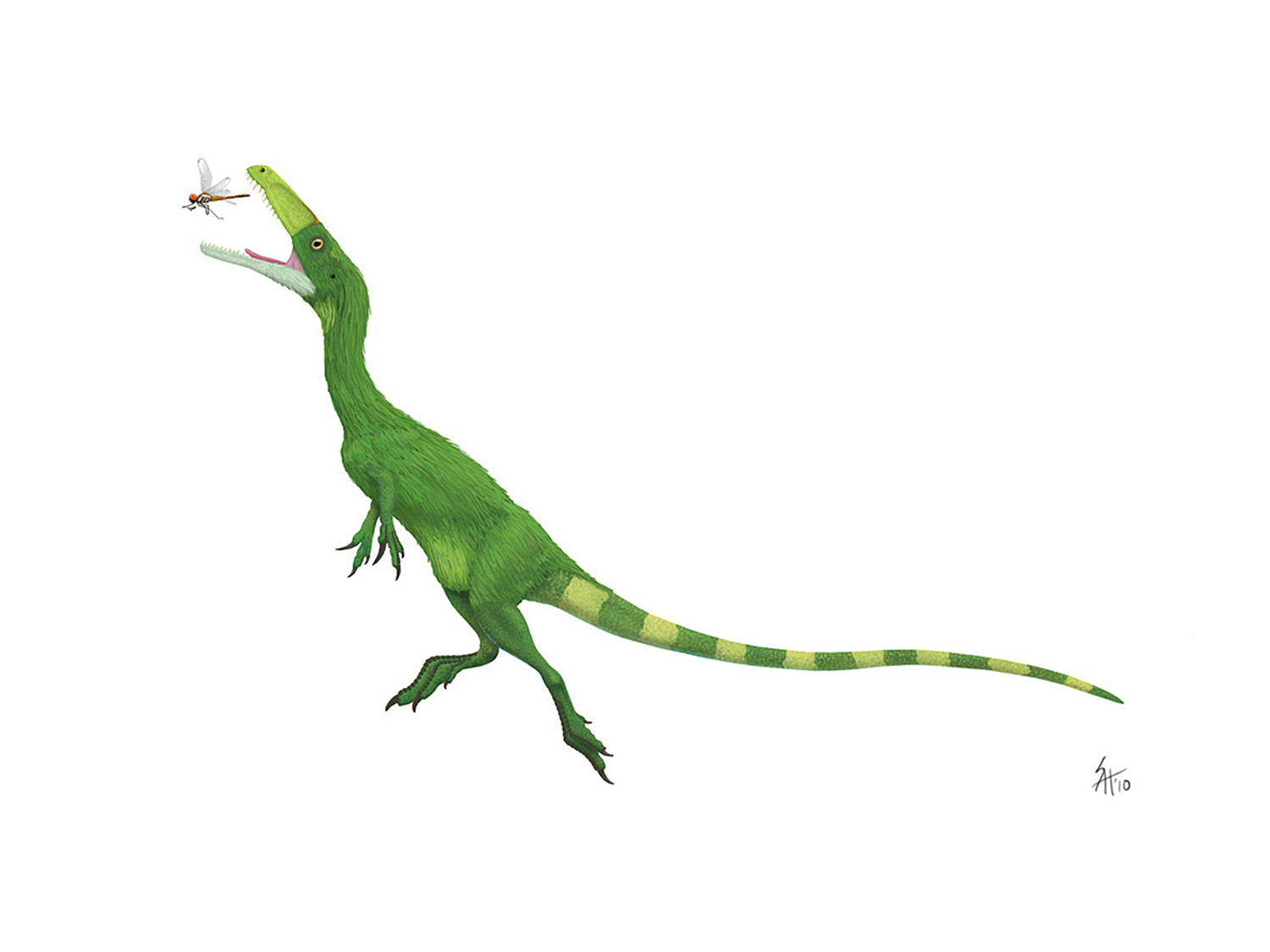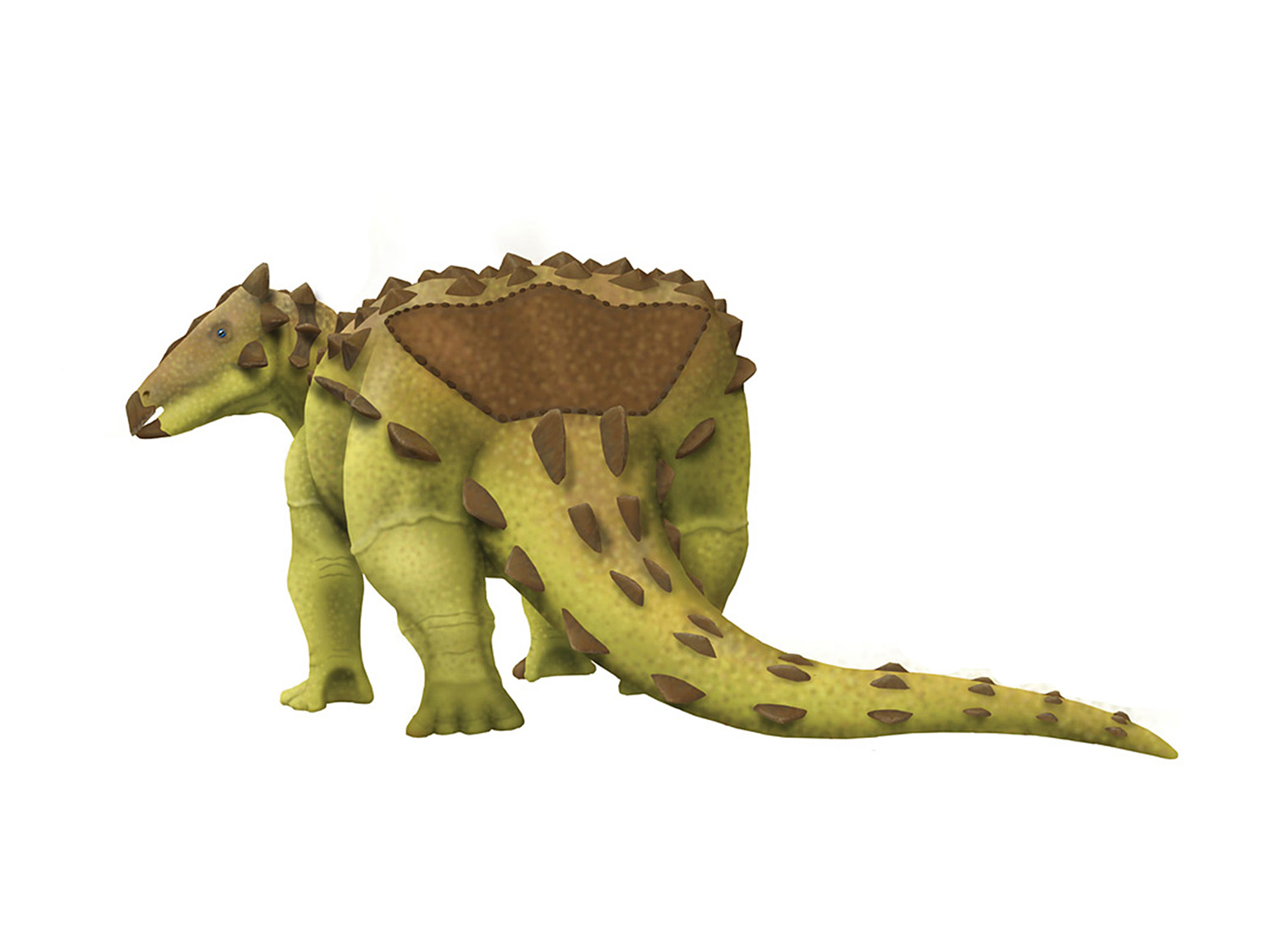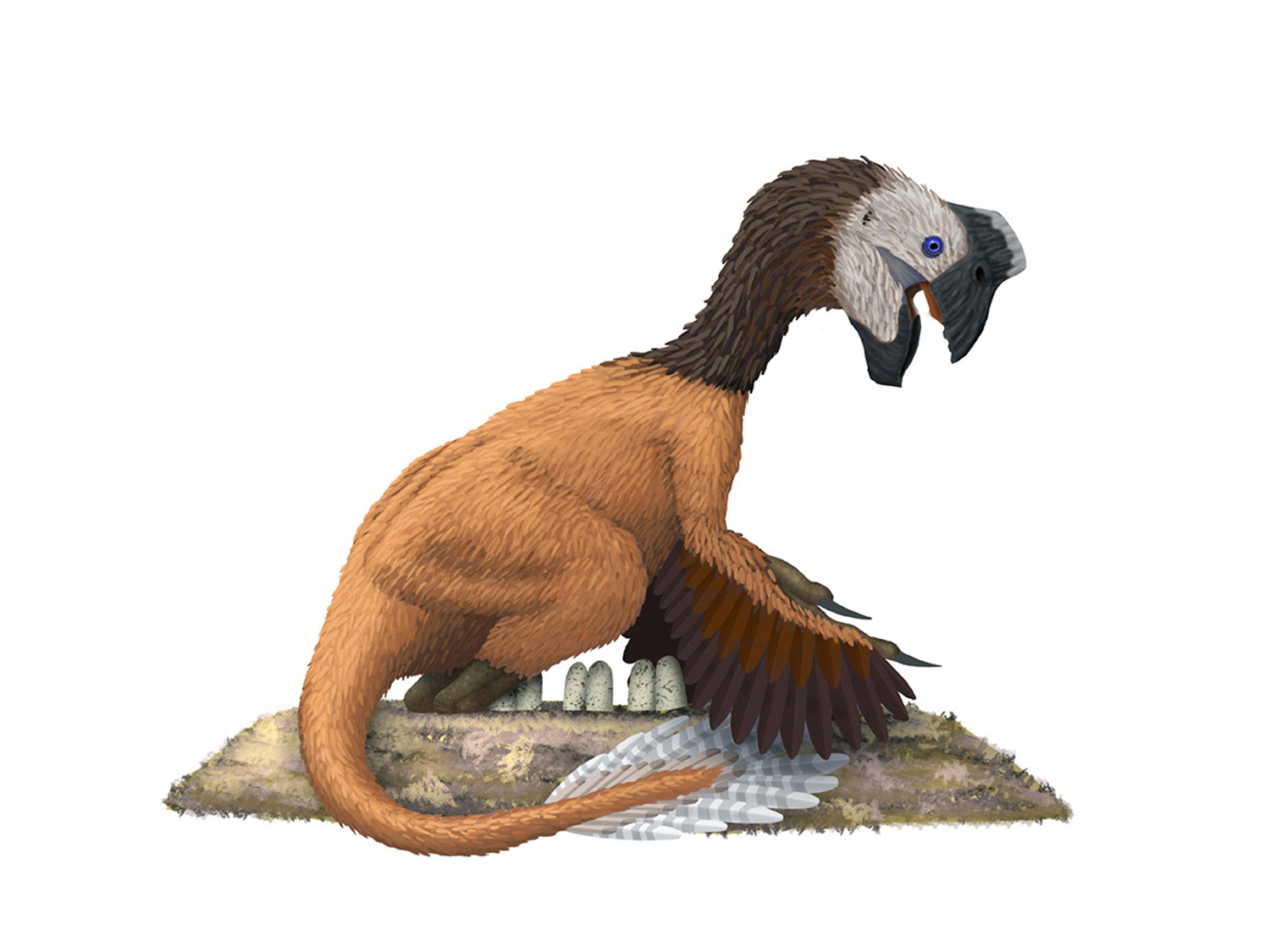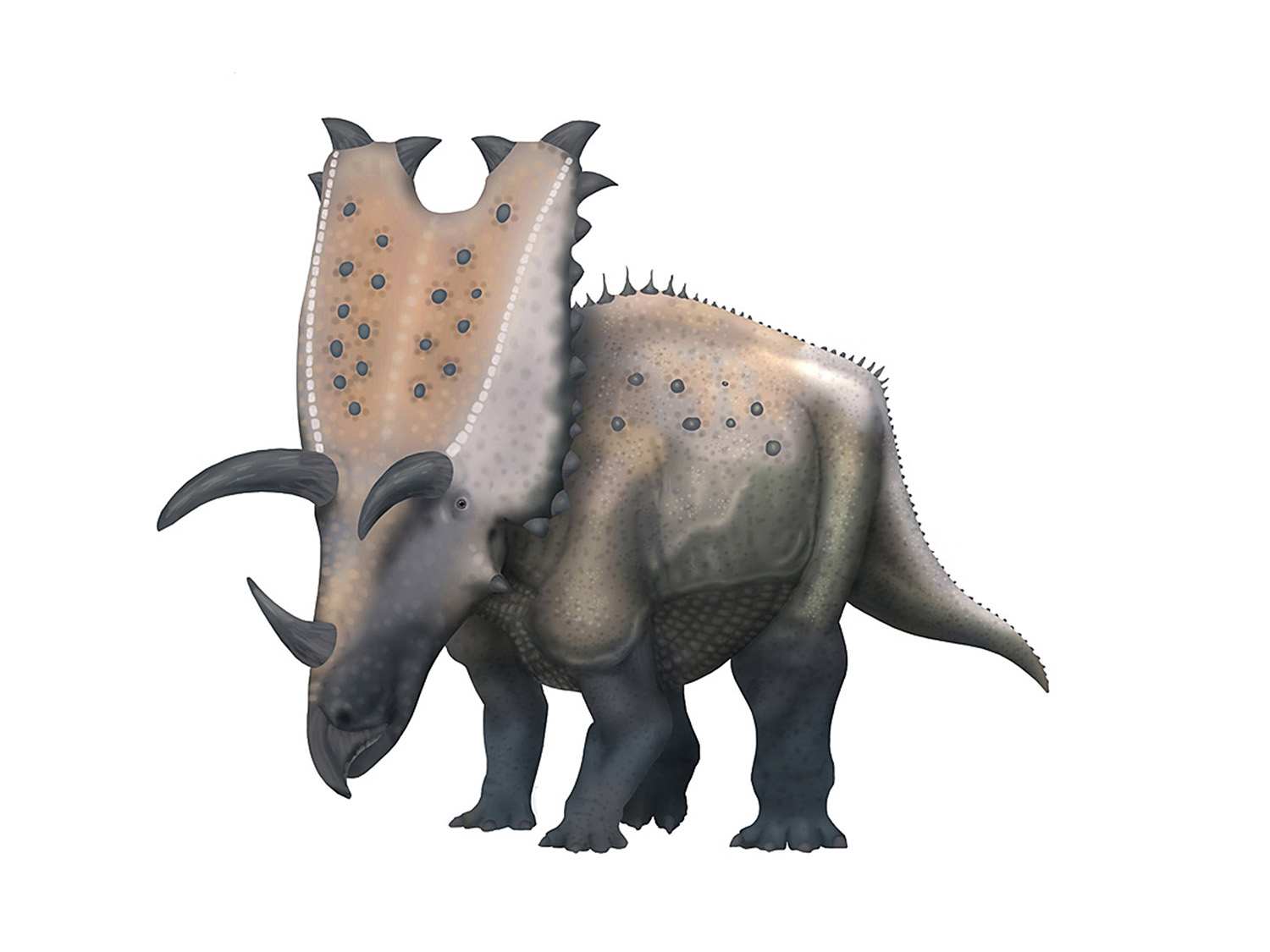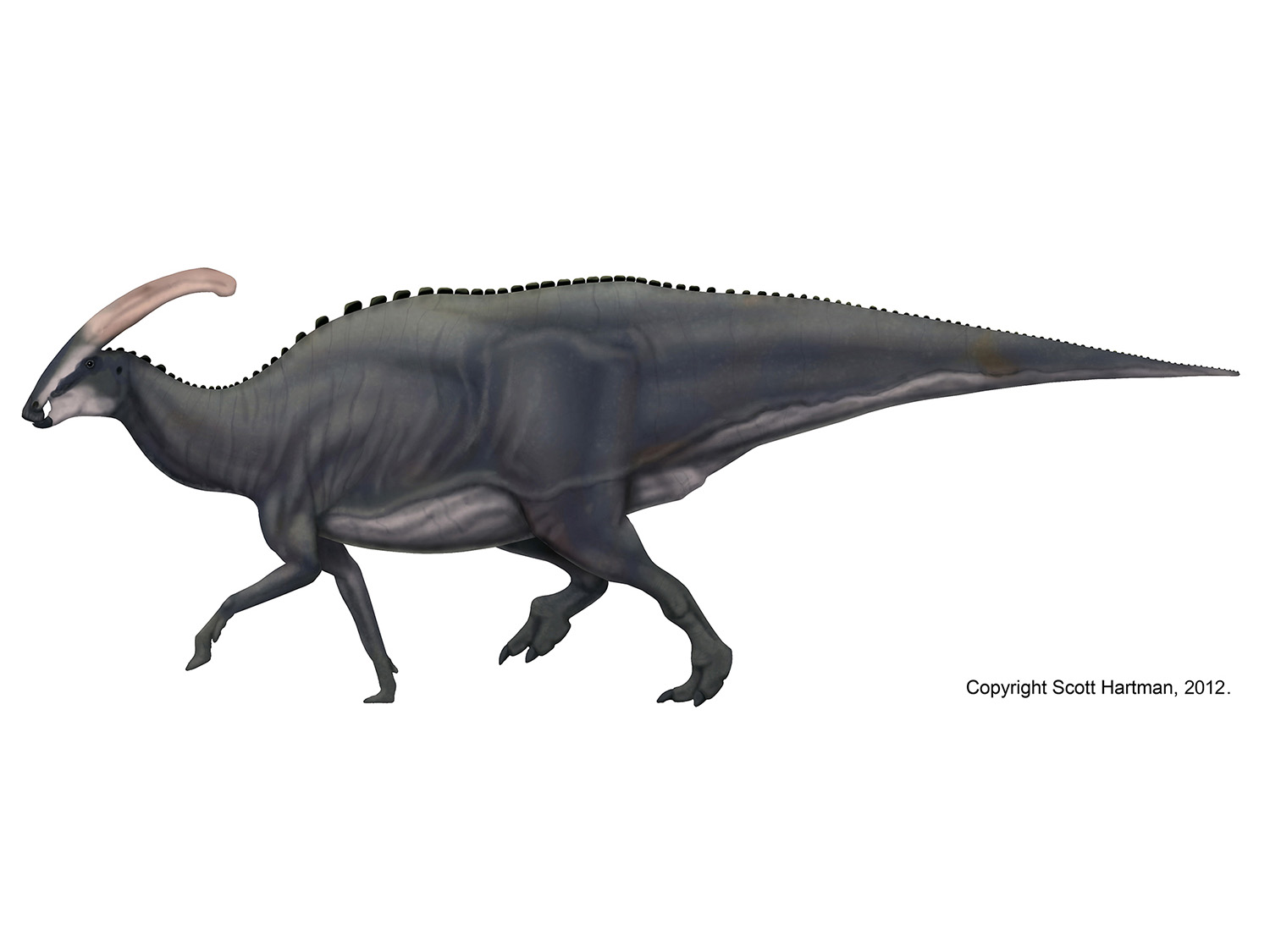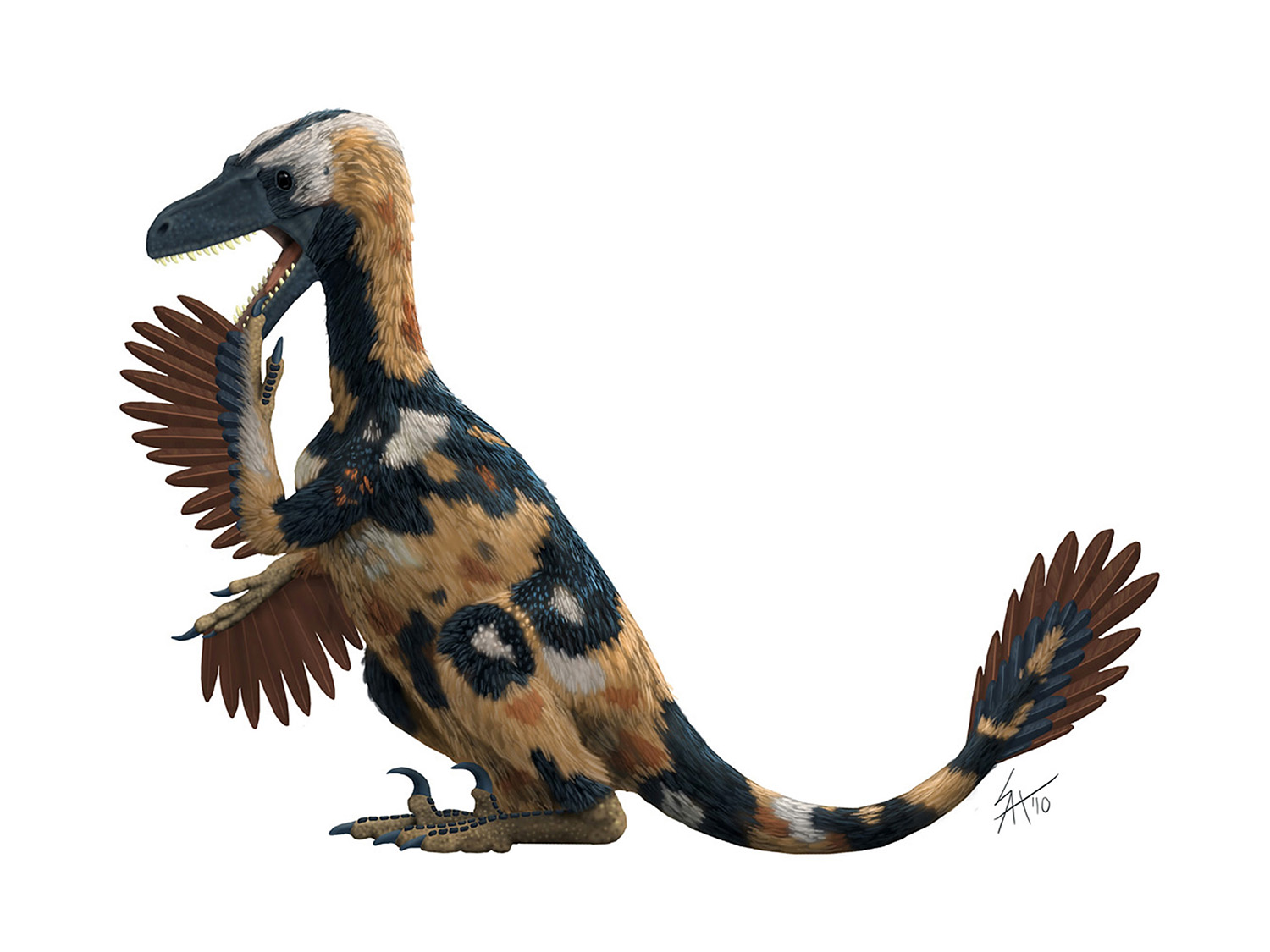The lip post
/Well here we go. If you follow me on social media you’ve seen this teased, but I’m putting lips on all my non-beaked non-avian theropod skeletal reconstructions. So much for burying the lede, eh? Ah, but some of you may be wondering why I think they had lips? And what anatomical features I’m using for adding lips and other extra-oral tissues to my skeletal reconstructions? And why I’m doing it now? Let’s dig in to that…
Read More








